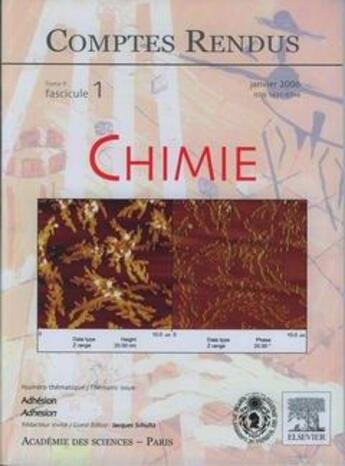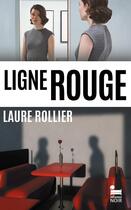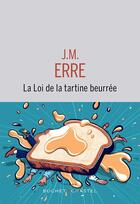-
Date de parution : 22/02/2006
-
Editeur :
Lavoisier Diff
-
EAN : 9782756200798
-
Série :
(-)
-
Support :
Papier
Résumé:
Electrophotography as a means of microfabrication: the role of electrodynamic and electrostatic forces. Some recent progress in adhesion technology and science. Adhesion at polymer-polymer interfaces: a rigidity percolation approach. Adhesion enhancement of polymer blend interfaces by reactive... Voir plus
Electrophotography as a means of microfabrication: the role of electrodynamic and electrostatic forces. Some recent progress in adhesion technology and science. Adhesion at polymer-polymer interfaces: a rigidity percolation approach. Adhesion enhancement of polymer blend interfaces by reactive block copolymer brushes. Formation and structure of epoxy network interphases at the contact to native metal surfaces. Friction mechanisms at polymer-solid interfaces. Probing friction and adhesion properties of poly(vinyl methylether) homopolymer and blend films under nano-confinement using atomic-force microscopy. A nanoscale study of the adhesive contact. The structures and electronic properties of bulky electron-withdrawing phosphines. Proanthocyanidins from Quercus petraea and Q. robur heartwood: quantification and structures. lchimies futures: compte rendu de l'expérience ESYOP. Dédoublement enzymatique de bicycloalcan-2-ols optiquement actifs et essais de cyclopropanation sélective sur le 3-(but-3-ényl)cyclohex-2-ène-1-ol. An arrangement of the chemical elements in several classes inside the periodic table according to their common properties. Influence of NaF, KF and CaF2 addition on the clinker burning temperature and its properties. Combined analysis of Cymbopogon giganteus Chiov. leaf oil from Ivory Coast by GC/RI, GC/MS and 13C-NMR.
Donner votre avis















